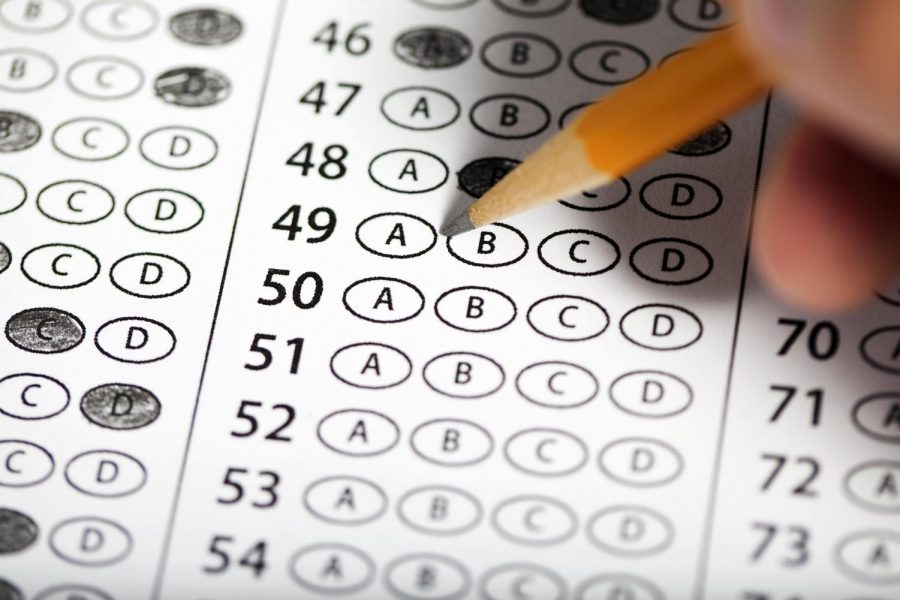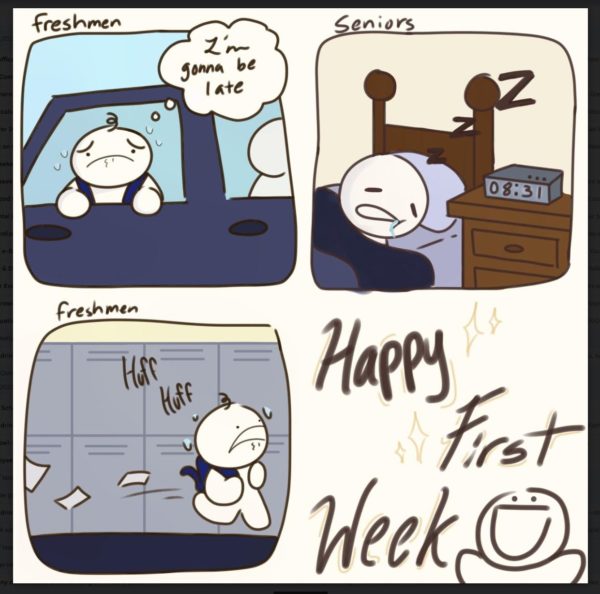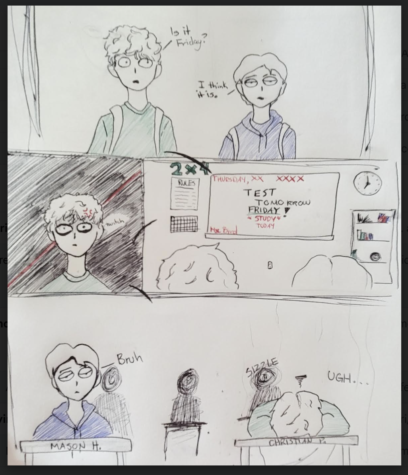SAT: Test Tips from a Two-Time Taker
October 9, 2018
Hi there! If you’re reading this, you might be getting ready to take the SAT with Essay on October 10th, 2018. Or perhaps you’re planning to take the SAT at a future date. Either way, the test is a critical step on your path to college, and it can certainly be daunting to some students. However, making the right preparations for exam day will absolutely help you achieve the best score you can. With experience from two testing sessions under my belt, I’ve put together a list of some basic tips for taking the SAT (with Essay included). A lot of these pointers may be rather common, but this list is based entirely on the most important aspects of my personal experience with the test.
Before the Test:
- Have you ever taken the PSAT before? If so, then the SAT shouldn’t surprise you. The PSAT is deliberately designed to replicate the experience of taking the actual SAT, and it does this well. After taking the PSAT for three years, I found the SAT to be very familiar and comfortable. Think back to any PSAT experience before taking the SAT: you’ll practically know exactly what to expect.
- Stay healthy! Get some quality sleep and eat a good breakfast before your exam. You do not want to be groggy or hungry while testing for hours: this will impair your concentration, which will be reflected in your results.
- Arrive early at your testing center. If you show up too late, you simply won’t be admitted and all your planning will go to waste. To prevent this, account for anything that might delay your trip to the center, such as traffic.
- There are certain items you should and shouldn’t bring to the SAT. Electronics are prohibited, so try to leave them at home. If you must bring your phone, the test administrator will probably have a collection bag before the test starts. You’ll definitely need a No.2 pencil and some kind of eraser; bring as many as you can. Part of the test’s math section will allow calculators to be used, but not all models are valid (look online for more info). Items that are nice to have include snacks, water, and an analog watch (there’s no guarantee that you’ll be able to tell time with a clock in the testing room, although administrators will periodically give time updates)
During the Test:
- Overall, the test gives you enough time to answer roughly one question per minute (more-or-less, depending on the section). You’ll want to read the questions quickly, but going too fast can lead to the wrong answer. A recurring example of this can be found in math problems about circles: a student that is able to solve the problem can still mess up by providing a radius when a problem asks for diameter.
- Did you finish a section early? Don’t waste that extra time: put it to good use and check your answers.
- On the reading section, most students will run through the an entire text before answering the questions. An alternate strategy is to deal with the questions in chunks: try reading some of the early questions in-order, then answering them as you go along the text. You can repeat this process until you get to the last question. In most cases, reading questions are set up in a manner that makes this a viable strategy. If you prefer this alternate strategy, it could end up saving you some time.
- You might be inclined to use your calculator when it is allowed during the math section, but it won’t be practical for every problem. In fact, none of the SAT math questions absolutely require a calculator. You’ll save time if you only use it when you really need it.
- Be careful if you’re taking the SAT with Essay. While the PSAT can prepare you for the multiple-choice section of the SAT, the essay section might be different than the essays you typically write in high school: this essay specifically focuses on rhetoric (that is, the author’s argument). You’ll be given a persuasive text, as well as a prompt that asks you to identify techniques that the author uses to make their point. Graders will give each essay scores in three categories: reading (how well you demonstrated your understanding of the text), analysis (how well you identified and elaborated on the author’s argumentative techniques), and writing (your own writing ability). Of these three categories, high analysis scores are the hardest to get. Plenty of resources about the essay (such as student samples) exist online: it will pay off to give them a look.
After the Test:
- If you’re not confident or unhappy with your test results, you still have options. If you’re not too late, you can apply to take another SAT. You’re likely to do better on a second test, as you’ll have more experience and knowledge of areas you need to work on. After receiving a disappointing essay score on my first SAT, I was able to significantly raise it on my second time around. In addition, I bumped up my multiple choice score by 60 points. If college applications are almost due, act quickly and check which testing dates colleges will still accept.
- Alternatively, you could always take the ACT as an alternative. Be sure that the ACT is accepted by the colleges that you’re trying to apply for.
- If you need help paying for more tests, check in with your counselor to apply for a fee waiver. If you qualify, you can register for two SATs with Essay and two ACTs with writing for free. You’ll also recieve additional benefits such as sending free, unlimited SAT score reports to colleges.
Hopefully you’ve decided to put lots of hard work into preparing for the SAT. After all, if you know that you tried your absolute hardest to do well on the test, then you should take pride in whatever score you end up getting. Good luck on your exams!











